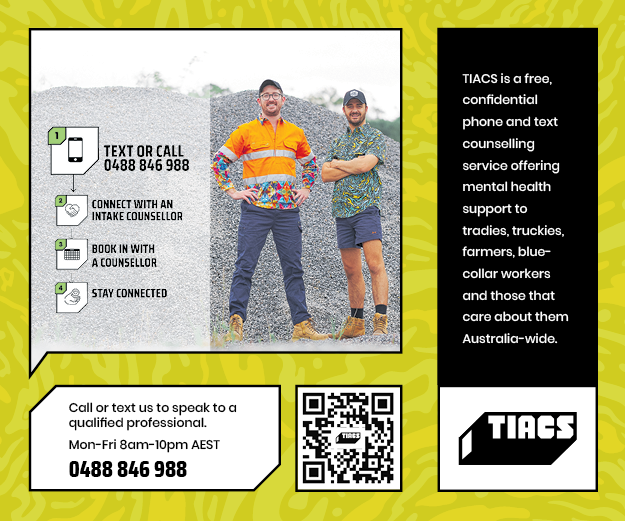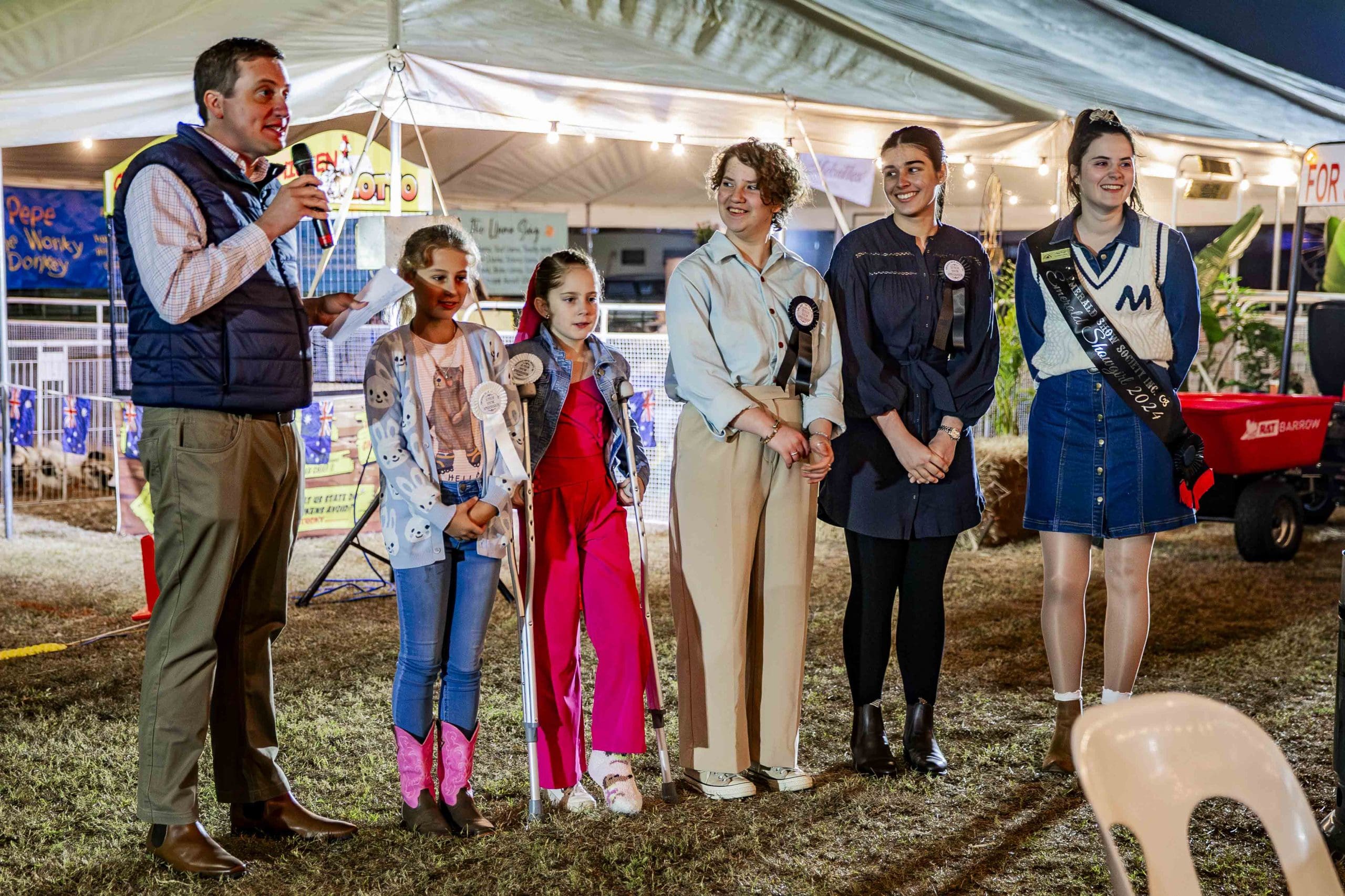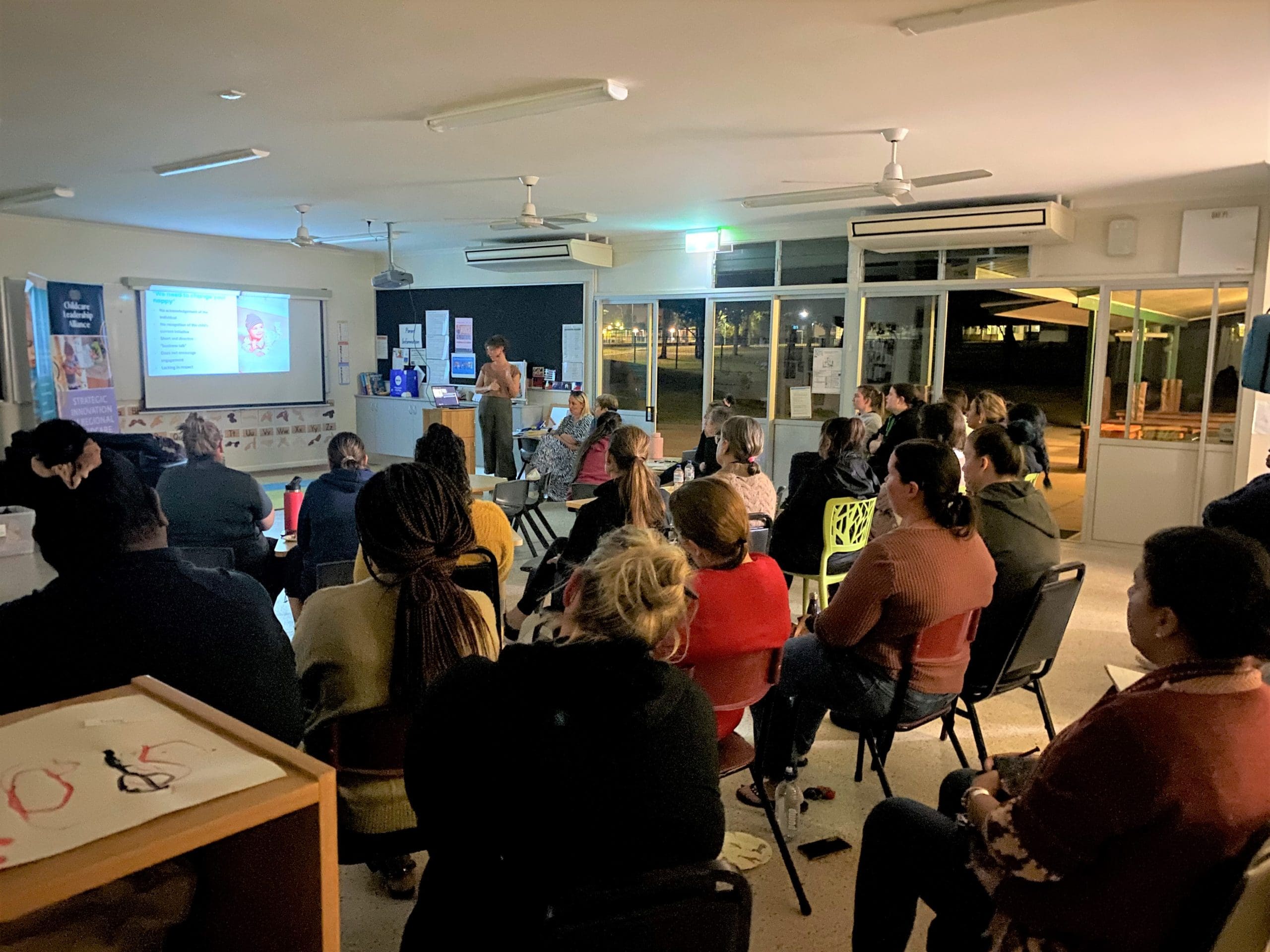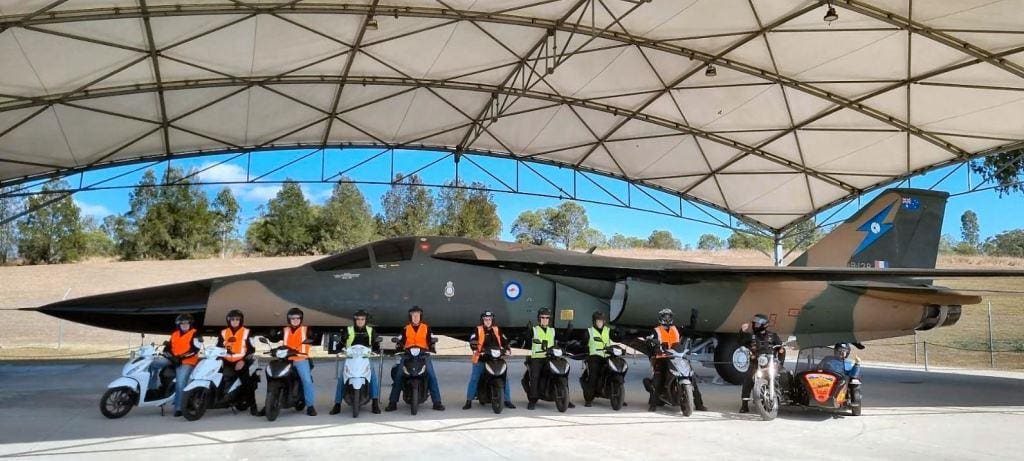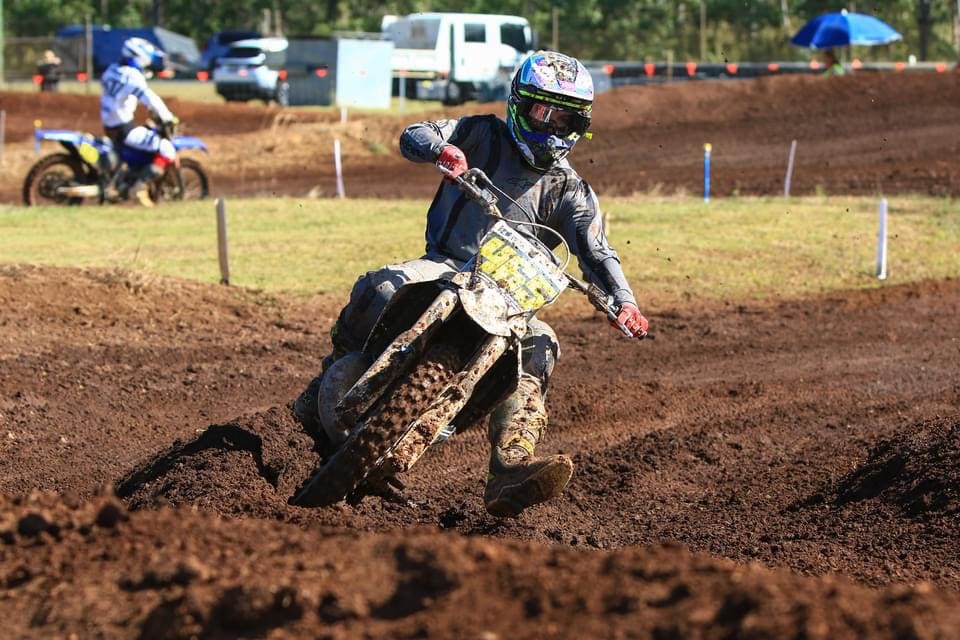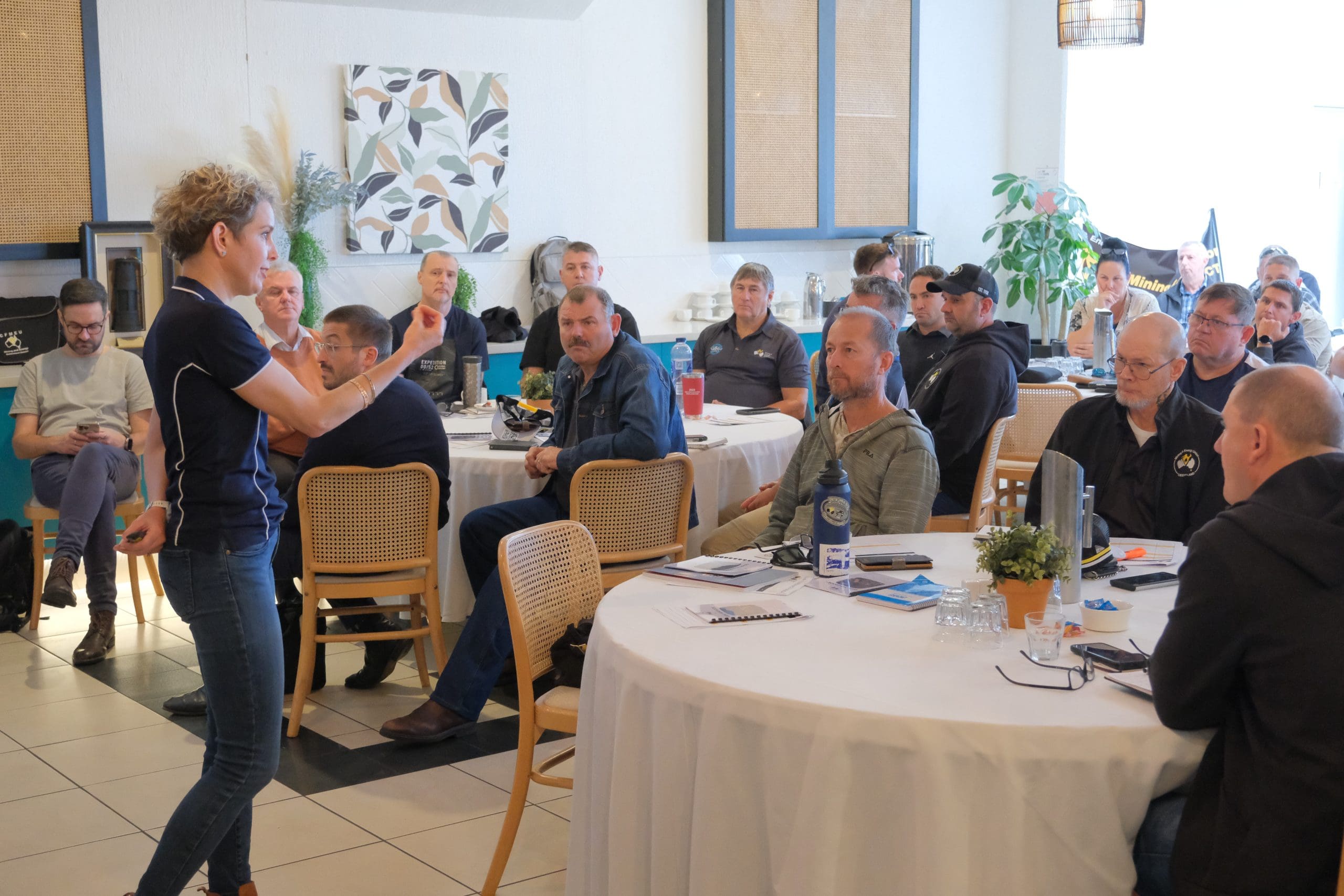I love animals, but people? Not so much. So, spending a day at the zoo with crowds of tourists is not really my thing. Then I heard about a behind the scenes experience at Sydney’s iconic zoo, Taronga.
Among the experiences offered at Taronga is its Zookeeper for the Day program. If you’re a fan of the documentary series Taronga: Who’s Who In The Zoo, you will already be familiar with what goes on behind the scenes but let me tell you, watching something on a screen in no way compares to what it’s like in real life.
Normally catering for groups of up to 6 people, on the day I went with my sister we were delighted to find we were the only participants. We were met on arrival by zookeeper Jo who has been working at Taronga for almost three decades. Jo has made it her business to know who’s who in the zoo and we couldn’t have asked for a friendlier or more knowledgeable guide.
I should point out here to those of you who think this program is all about touching and feeding animals, you will be disappointed. At Taronga the animal’s wellbeing is always the top priority, and believe it or not, they don’t enjoy being fondled by strangers or posing for selfies.
Instead, it’s all about discovering what a day in the life of a zookeeper is like and having a go at some of the tasks they do each day, such as devising enrichment activities, food preparation and more. (More might have something to do with poo, but I don’t want to spoil the surprise).
Every day the program changes depending on what the animals and zookeepers are getting up to so you never know what you will get to see and do.
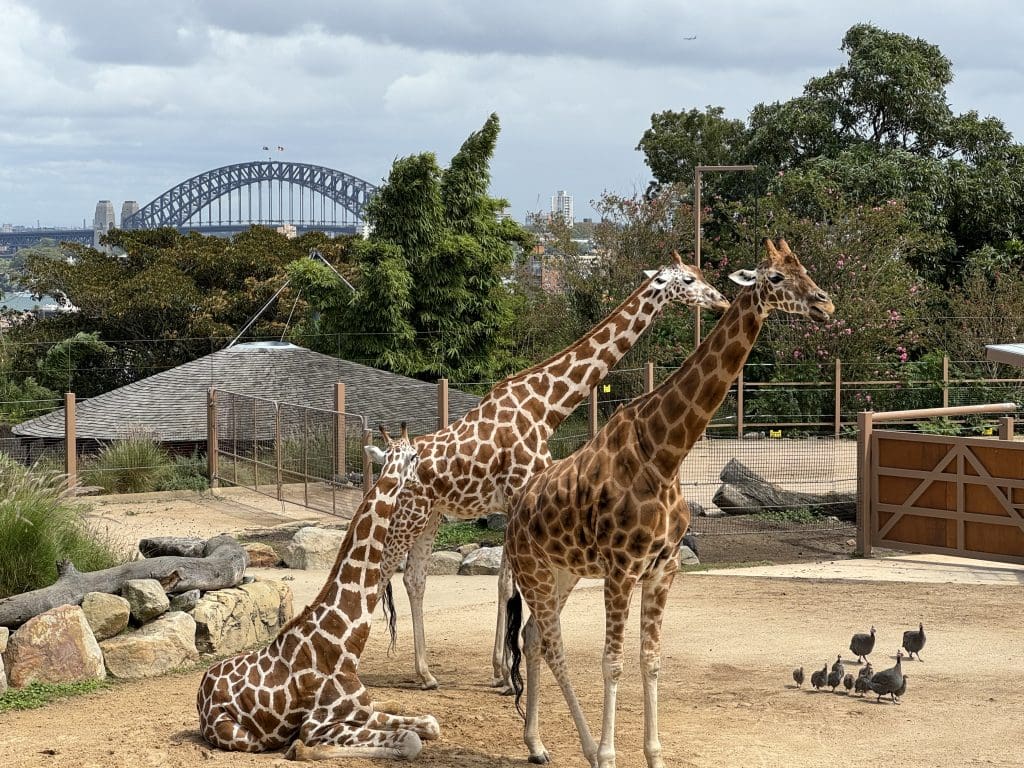
We learnt about what the animals eat and the effort and research Taronga puts into their diets. We visited the enormous kitchens where the food is prepared and I’m telling you now, it’s higher quality than what you will find in most supermarkets. We also discovered that the most expensive animal to feed is the finnicky koala with their hard to source eucalyptus leaf diet.
While helping to clean Ekunda, the Eastern Bongo’s exhibit, we learnt that he is one of the rarest species. They estimate there are less than 100 Eastern Bongo’s left in the wild. Afterwards, we hand fed him, which was not only thrilling but also helped to ensure that there would be more cleanup work for the next day’s participants.
At Taronga, enrichment is an integral part of caring for its animals as it helps retain their wild behaviours and keeps them active and alert. We filled up hollow tubes with peanuts for the elephants and got to take a walk around the lion exhibit, spraying aftershave and leaving small piles of spices, which apparently gets them quite excited.
We also took a tour of the Taronga Institute of Learning and checked out the three habitat classrooms where students can interact with wildlife while they learn. It was a far cry from the boring classrooms of my school days.
Overall, it was an amazing experience. Thanks to Jo and all the other zookeepers we met, I learnt more than I could have imagined. Did you know that Galapagos tortoise’s shells are so sensitive they can feel you lightly stroking them? Or that a lion’s roar can be heard from 8km away? Or that the Southern Corroboree Frog has no known predators due to its toxic skin secretions?
This and so much more is just waiting for you to discover. Plus, you might get lucky like me and be able to join one of the few people who can boast that they have been kissed by an elephant!





